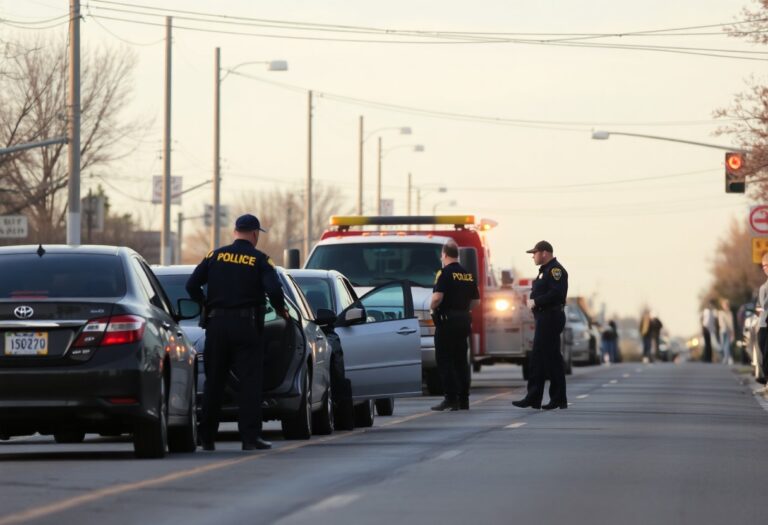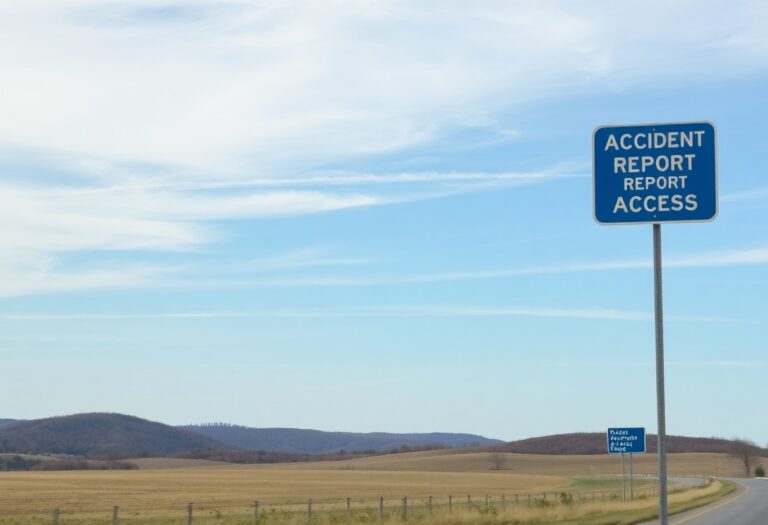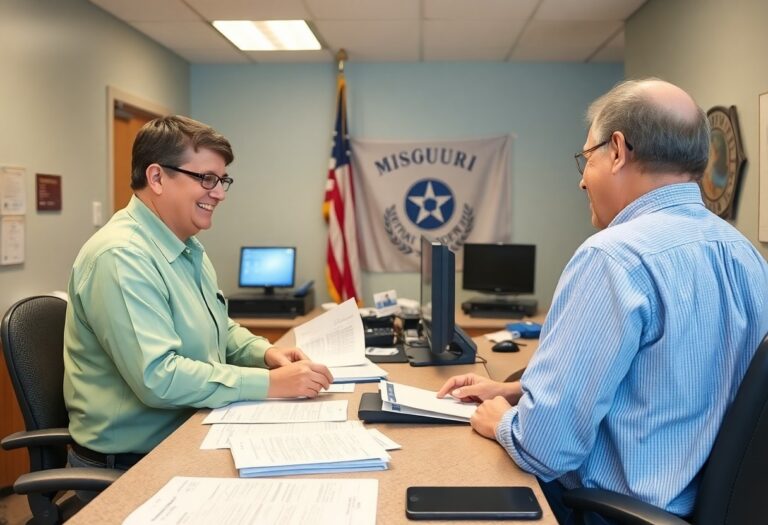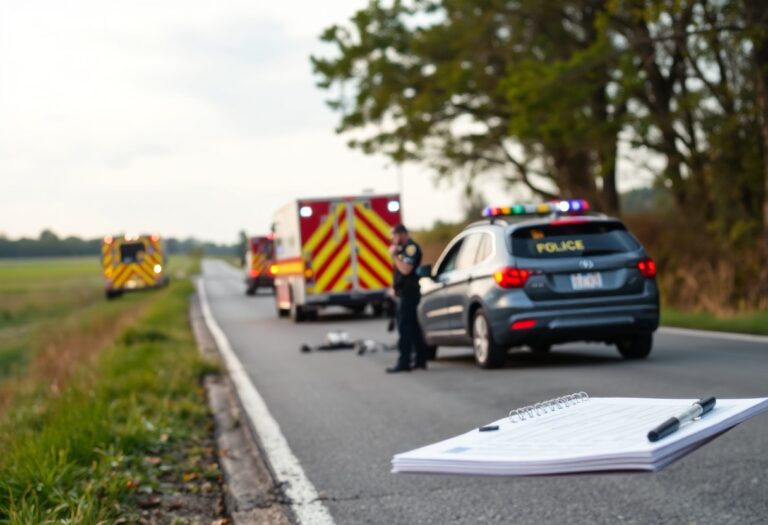With knowledge of the procedures and requirements to obtain your crash report in Minnehaha County, you can easily navigate the process after an accident. Whether you’re involved in a minor fender bender or a more serious collision, having your report is necessary for insurance claims and legal matters. This guide will provide you with valuable information on where to request your report, any associated fees, and tips for a smooth experience. Equip yourself with the right tools to access your crash data efficiently.
Navigating the Legal Labyrinth: Understanding Crash Report Regulations in South Dakota
Understanding the legal landscape surrounding crash reports in South Dakota is vital for anyone involved in an accident. Each state’s regulations dictate how crash reports are compiled, accessed, and utilized, influencing everything from insurance claims to legal proceedings. Familiarizing yourself with these rules can simplify the process of obtaining your crash report and enhance your ability to navigate potential legal complexities that arise post-accident.
State Laws and Reporting Requirements
South Dakota law mandates that all vehicular accidents resulting in injury, death, or significant damage—typically over $1,000—must be reported to law enforcement. Officers on the scene can file an official crash report, which you can request later. Be aware of the timelines; crash reports are usually available shortly after an investigation concludes, maximizing your chances of securing necessary documentation for legal and insurance purposes.
Who Can Access Crash Reports?
Certain individuals are authorized to access crash reports in South Dakota. Typically, those involved in the incident, their legal representatives, and insurance companies can request these records. Additionally, interested parties whose rights are affected by the accident may obtain the reports, offering a degree of transparency and accountability in the aftermath of collisions.
Obtaining crash reports is not limited to just the parties directly involved. South Dakota open records laws allow licensed insurance agents and legal representatives acting on behalf of their clients to access these documents, ensuring they have all the necessary information for claims and litigation. Officers also make the reports available to third parties who may need the data for statistical analysis or traffic safety improvements, enhancing public knowledge and awareness of road safety issues.
The Step-by-Step Process: How to Obtain Your Crash Report in Minnehaha County
Obtaining your crash report in Minnehaha County involves a straightforward process. You can choose to make your request online or in person, depending on your preference and convenience. Below is a quick breakdown of the steps to follow:
| Method | Steps |
|---|---|
| Online Request | Visit the Minnehaha County website, fill out the online form, and provide any required payment information. |
| In-Person Requests | Go to the Minnehaha County Sheriff’s Office with valid ID and any necessary documentation to request your report. |
Online Request: Utilizing Digital Tools for Convenience
Using the online method streamlines the process, allowing you to request your crash report from the comfort of your home. By accessing the Minnehaha County website, you’ll find a dedicated section for crash reports. Complete the required form with your information, including details about the crash, and submit any necessary payments electronically via credit or debit card. This method not only saves time but also provides you a record of your request immediately.
In-Person Requests: What You Need to Know
Opting for an in-person request requires you to visit the Minnehaha County Sheriff’s Office. It’s vital to bring valid identification and any specific details related to the crash, such as the date, location, and involved parties. Accessing your crash report this way can potentially provide immediate assistance from staff, enabling you to clarify any questions on the process.
The Minnehaha County Sheriff’s Office is located at 320 W 4th St, Sioux Falls, SD. When preparing for your visit, ensure you allocate enough time in case of queues or additional paperwork. Staff members are typically accommodating and can guide you through any further queries or assistance regarding your report, making the in-person effort worthwhile if you’re looking for comprehensive help.
The Cost Factor: Breaking Down Fees Associated with Crash Reports
Understanding the costs involved in acquiring your crash report in Minnehaha County is key to budget planning. The standard fee typically varies based on the type of report and the method of delivery you choose. Expect to pay around $20 for a standard report, with potential variations based on where and how you request it. Being informed can save you from unexpected expenses while ensuring you receive your report promptly.
Standard Fees for Individual Reports
The standard fee for an individual crash report in Minnehaha County is usually set at about $20. This fee covers administrative costs associated with processing your request and providing you with the official document. If you’re requesting multiple reports, keep in mind that you may qualify for bulk pricing, which could reduce your overall expenses.
Potential Additional Costs and Exceptions
There are scenarios where additional costs may arise. For instance, if you require expedited service or if the report is particularly lengthy, extra fees may apply. Also, certain agencies may charge more for specific types of reports or if the request involves complex redactions to protect sensitive information.
In cases where you need a certified copy of your crash report, prepare for a potential additional $5 fee on top of standard costs. Furthermore, if you’re requesting reports for multiple vehicles or incidents, there might be bulk pricing options available that could save you some money. Be cautious as well, as online request fees sometimes differ from in-person fees. Always verify the exact amount before proceeding to avoid any surprises.
Beyond the Basics: Analyzing the Contents of Your Crash Report
Understanding the details within your crash report can provide vital insights into the circumstances surrounding the incident. By carefully analyzing the report, you can identify key factors that contributed to the crash, which may play a significant role in personal injury claims or insurance disputes. Each section of the report holds specific information valuable for navigating your next steps or preparing for legal proceedings.
Key Elements of a Crash Report and Their Importance
Every crash report contains necessary elements that detail the specifics of the incident. Key information includes the date and time of the accident, weather conditions, witness statements, and diagrams of vehicle positions. This data is foundational for establishing liability, so assessing these elements thoroughly can significantly impact your ability to file a claim or defend your position in any disputes that may arise.
Common Errors and How to Address Them
Errors in a crash report can lead to complications, so identifying inaccuracies is vital. Common mistakes include incorrect vehicle information, misidentified parties involved, or errors in the accident narrative. Addressing these errors promptly can enhance the reliability of the report and improve your chances of a favorable outcome in any ensuing negotiations or legal actions.
Common errors typically arise from human oversight, such as transposed numbers or missing witness accounts. If you notice discrepancies in your crash report, act quickly by contacting the law enforcement agency or department that issued the report. Provide them with the correct information or any additional evidence you have, such as photographs or witness statements, to rectify the inaccuracies. Pursuing these corrections ensures that your report accurately reflects the facts, bolstering your credibility during discussions with insurers or legal representatives. Keeping meticulous records of all communications regarding these adjustments will prove beneficial should disputes continue to arise.
Preventative Measures: Tips for Reducing Future Collision Risks
Taking proactive steps can significantly lower your chances of being involved in future collisions. Here are some strategies you should consider:
- Stay alert and avoid distractions while driving.
- Always use your seatbelt—it’s your first line of defense.
- Adjust your driving speed to suit weather and road conditions.
- Maintain a safe following distance to allow ample reaction time.
- Regularly check and maintain your vehicle’s brakes, lights, and tires.
Assume that implementing these practices will foster safer driving habits, enhancing both your safety and the safety of others on the road.
Essential Defensive Driving Techniques
Incorporating defensive driving techniques can help you anticipate and respond effectively to potential hazards. Always maintain a keen awareness of your surroundings, allowing you to react swiftly when necessary. Use your mirrors habitually, check blind spots, and avoid assuming other drivers will act predictably. Engaging in defensive driving doesn’t just protect you; it instills a more secure driving environment for everyone.
Understanding Local Traffic Patterns for Safer Navigation
Familiarizing yourself with the local traffic patterns in Minnehaha County is crucial for safer navigation. Traffic flows differ significantly at various times of day, and knowing peak hours can help you avoid congested areas. You may also want to utilize navigation apps that provide real-time traffic data and suggest alternative routes, assisting in more efficient travel. Understanding local signal timing and road layout will keep you more prepared in various situations.
In Minnehaha County, specific intersections and roadways tend to see more congestion or accidents during rush hour. For instance, roads leading to major schools or businesses often experience heavy traffic. Paying attention to construction zones, frequent detours, and rush hour traffic grids can make your driving experience smoother. Consider observing behavior patterns of local drivers, as familiarity with frequent drivers’ tendencies leads to better judgment and decision-making on the roads.
Final Words
As a reminder, obtaining your crash report in Minnehaha County, South Dakota, is a straightforward process when you know where to look. You can request your report online, by mail, or in person at designated offices. Ensure you have the necessary details such as your date of the accident and report number to facilitate the process. By following these guidelines, you can efficiently secure your crash report and move forward with any necessary actions. Make sure to keep your documentation organized for any future needs related to the incident.













